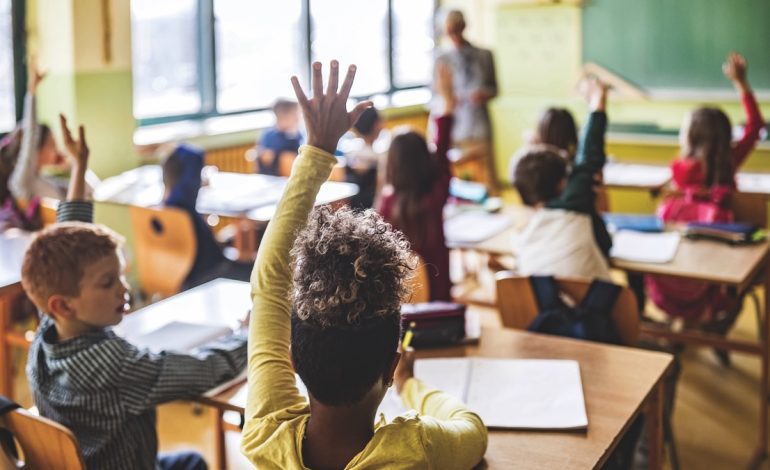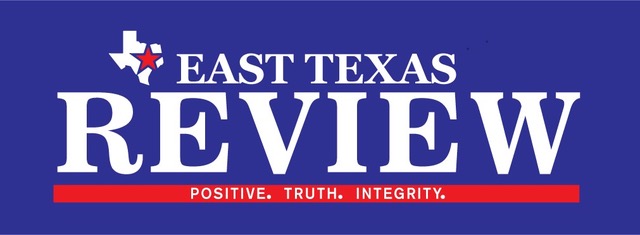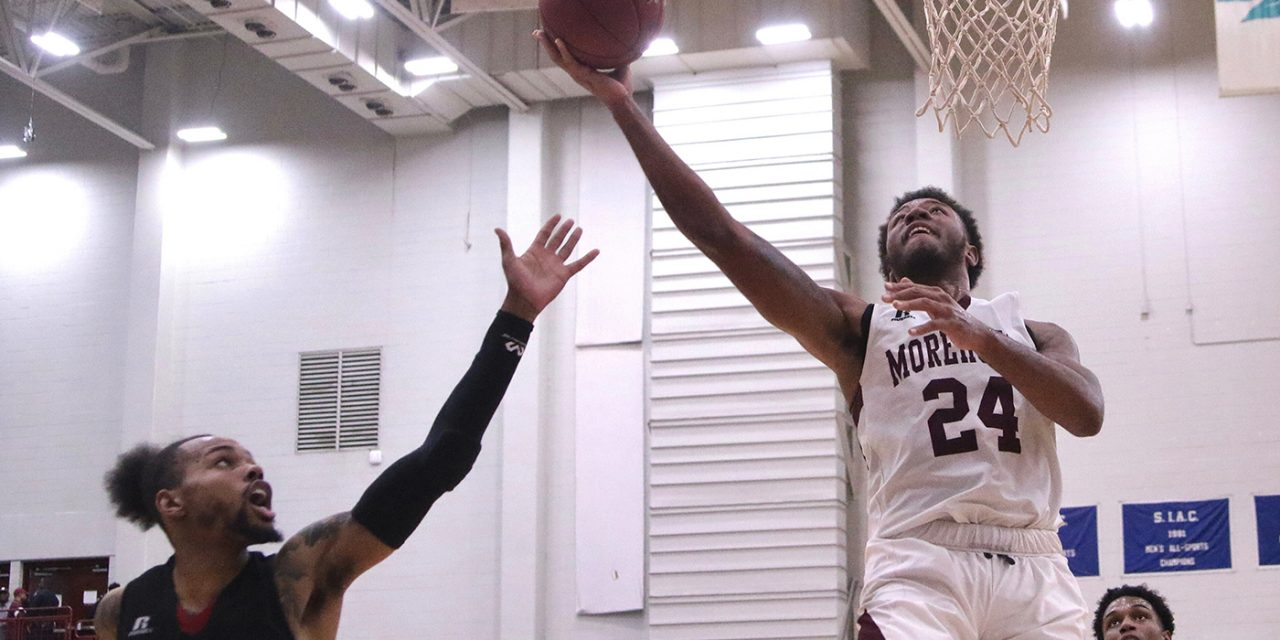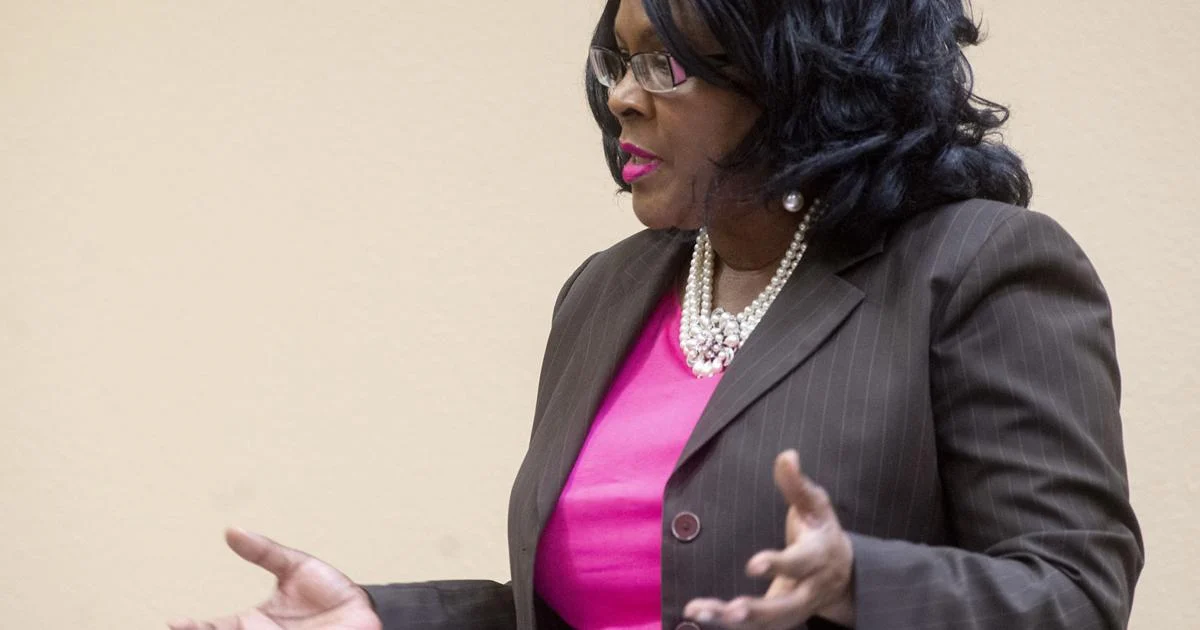
Texas Governor poised to sign School Choice Bill
The answer isn’t to give 100,000 children a lottery ticket to go to a private school or somewhere else and leave the other 5.3 or 5.4 million children trapped in underperforming schools, the answer is to invest and improve.
José Menéndez – San Antonio Senator
By Richard Lee
The Senate on Thursday concurred in House amendments to the Senate’s school choice plan, SB 2, sending the bill to the governor’s desk for his signature. Governor Greg Abbott said on social media that he would sign the measure, achieving the years-long goal of the school choice movement to implement a program that would allow for the use of public tax dollars for private schools. The House kept the universal aspect of the measure, meaning all Texas families are eligible to apply for the program, but Senate author and Conroe Senator Brandon Creighton said the House added provisions that improve the bill. “These amendments strengthen rather than dilute the legislation this chamber approved off the Senate floor,” he told members.
As it came out of the Senate, the bill spent $1 billion to create a series of education savings accounts worth $10,000. Open to all parents with school-aged children, the bill implemented a lottery system to assign slots if there were more applicants than resources. This money could pay for private school tuition, fees, uniforms, and other educational services outside of the public system. The House version changed how slots would be allocated. Students from families with incomes above 500 percent of the federal poverty level (FPL) would be limited to no more than 20 percent of available slots. It prioritizes students with siblings already in private education, those with disabilities, and then in increments up to 500 percent FPL. In 2025, the FPL is $31,000 for a family of four.
While the Senate version created accounts with a flat $10,000, the House version would use 85 percent of the estimated amount of state and local per student funding , allowing the amount awarded to move up or down as the legislature makes changes to the school finance system. Today, it would amount to a little more than the $10,000 initially passed by the Senate. It accounts for funding weights, meaning that students with disabilities will receive funds commensurate with what they’d receive at a public school, up to $30,000. Regardless of applicants and funding weights, the bill is capped at spending no more than $1 billion through the 2026-2027 biennium.
Opponents of school choice and the diversion of tax dollars to private schools spoke against the measure, saying that the state should be putting more into improving public schools rather than creating a system that benefits private schools. “The answer isn’t to give 100,000 children a lottery ticket to go to a private school or somewhere else and leave the other 5.3 or 5.4 million children trapped in underperforming schools, the answer is to invest and improve,” said San Antonio Senator José Menéndez. Other members voted for the measure but expressed some reservations about unintended consequences. Lubbock Senator Charles Perry, who represents hundreds of small school districts in west Texas, worried that virtual private education would lead to kids leaving the public schools and getting inadequate education at home while depriving local districts of per-student attendance dollars. Right now, there aren’t many fully online schools like that in Texas – Creighton said about 6,000 students are in such programs – but Perry worries that might change. “In the event that they start proliferating, we have to take a hard look at how big of a percentage we’re going to allow…if in two years we go from six thousand kids to sixty thousand kids, we got a problem,” said Perry. “We’ll be watching that very closely,” Creighton replied.
This bill was Lt. Governor Dan Patrick’s top priority, and he celebrated passage of the measure. Despite concerns about the new program, he said the state is not abandoning public education, highlighting the increased funding to public education over the past 10 years. “We will always cherish public education and that’s where 95 percent of kids will be, and we want to have the best public education system in the world,” he said.




